To state it simply, the Mark 11 from IWC is one of the most important watches in history. Designed initially to withstand the harsh environment of a military airplane, the original Mark 11 shielded its mechanism from the strong magnetic fields of the flying machines.
“The wrist watch mark 11 is a highly accurate timepiece suitable for astro-navigation purposes,” relayed the Ministry of Defence when the timepiece was first strapped onto wrists in 1948. Used by the RAF to calculate the exact latitude and longitude of its aircraft, each of these watches boasted dials made from iron, and were considerably thicker than those of regulation wristwatches.
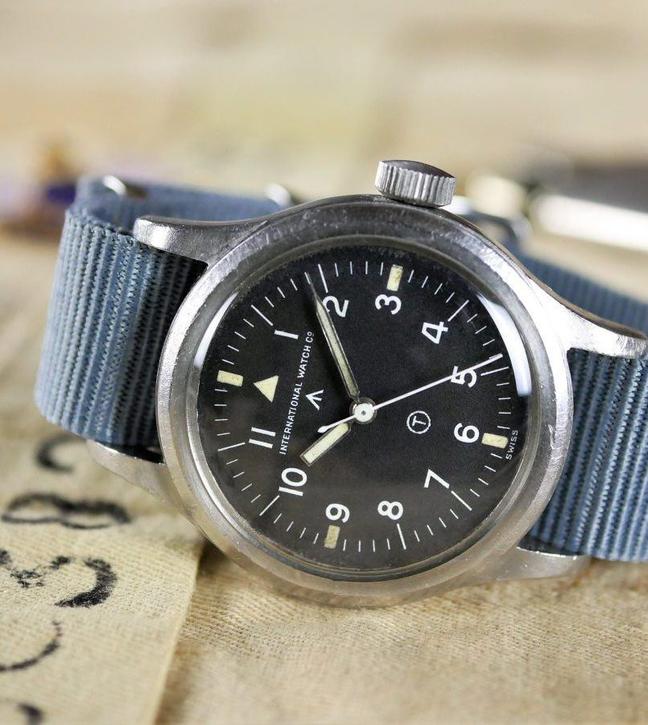
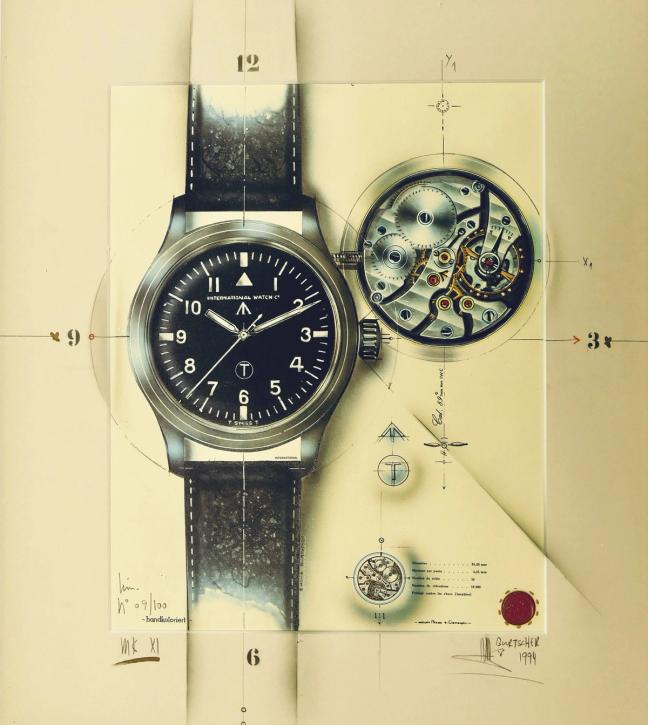
They also featured dust cover wraps to wholly enclose the mechanisms, and were considered so valuable by the military that the cases, dials and mechanisms were marked with the institution’s iconic arrow-head pheon symbol.
And it doesn’t end there. The IWC Mark 11 watches were so rigorously relied on by the military that they were returned annually to the manufacturer for servicing and testing — a level of care not afforded to any other military watch in history.
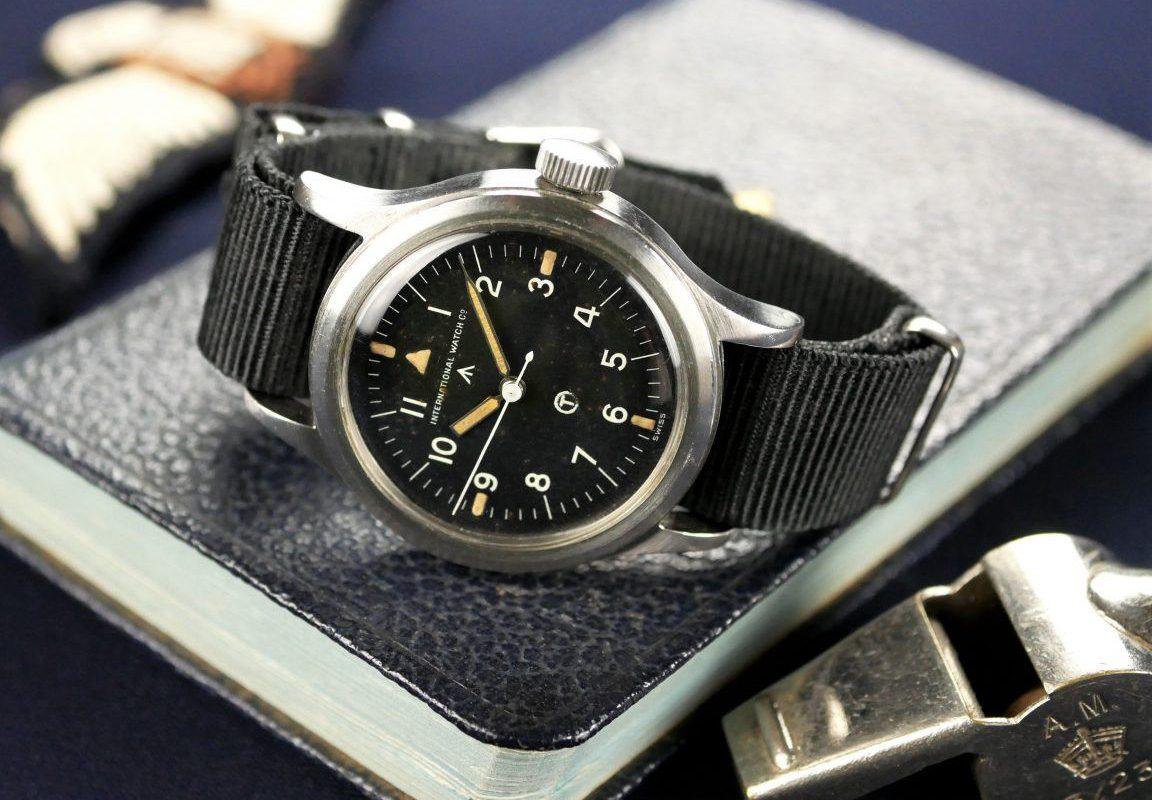
So what makes the Mark 11 great? Why was it worthy of this level of care, service and protection? Firstly, its sheer practicality. There are few watches with such high levels of legibility as the Mark 11; simple, clear and with a functional contrasting design. Secondly, it was waterproof, shockproof and featured a sweep seconds hand that kept aviators’ eyes off their wrists and on the skies.
But it wasn’t always about the military. Much later in the 36-year lifespan of the Mark 11, civilians began to buckle up these hardy, practical timepieces. 1,000 watches were produced for sale between 1973 and 1983, and feature seven-digit case numbers stamped on their backs to make them easily identifiable.
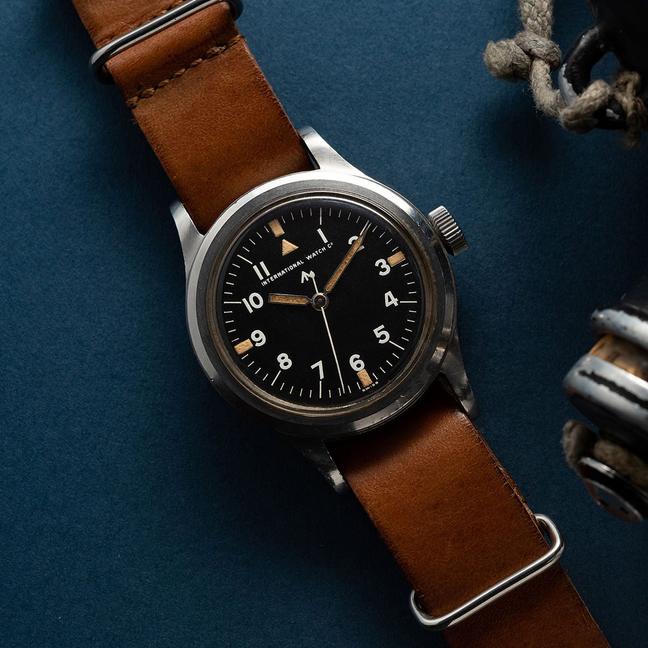
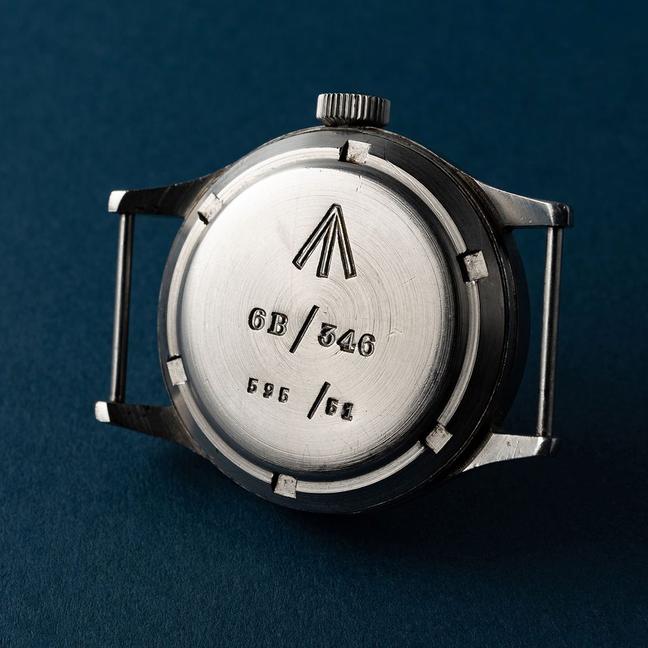
And then, in 1984, the Mk 11 was retired. For enthusiasts of the model, it was a blow. But, in the decade that followed, IWC noticed that Mk 11 watches being sold at auction were skyrocketing in value. Ardent fans of the design were showing a passion rarely observed for other commercially available timepieces — and so the Swiss manufacturer introduced the replacement Mk XII.
The Mk XII added a date and automatic movement, but remained close to the design of the Mk 11. The Mk XV followed, enlarged and with a self-winding movement. Then came the Mark XVI, Mark XVII and Mark XVIII, all stunning watches in their own rights, but owing much to the Mark 11 — which itself was a direct descendant of one of the British army’s ‘Dirty Dozen’.
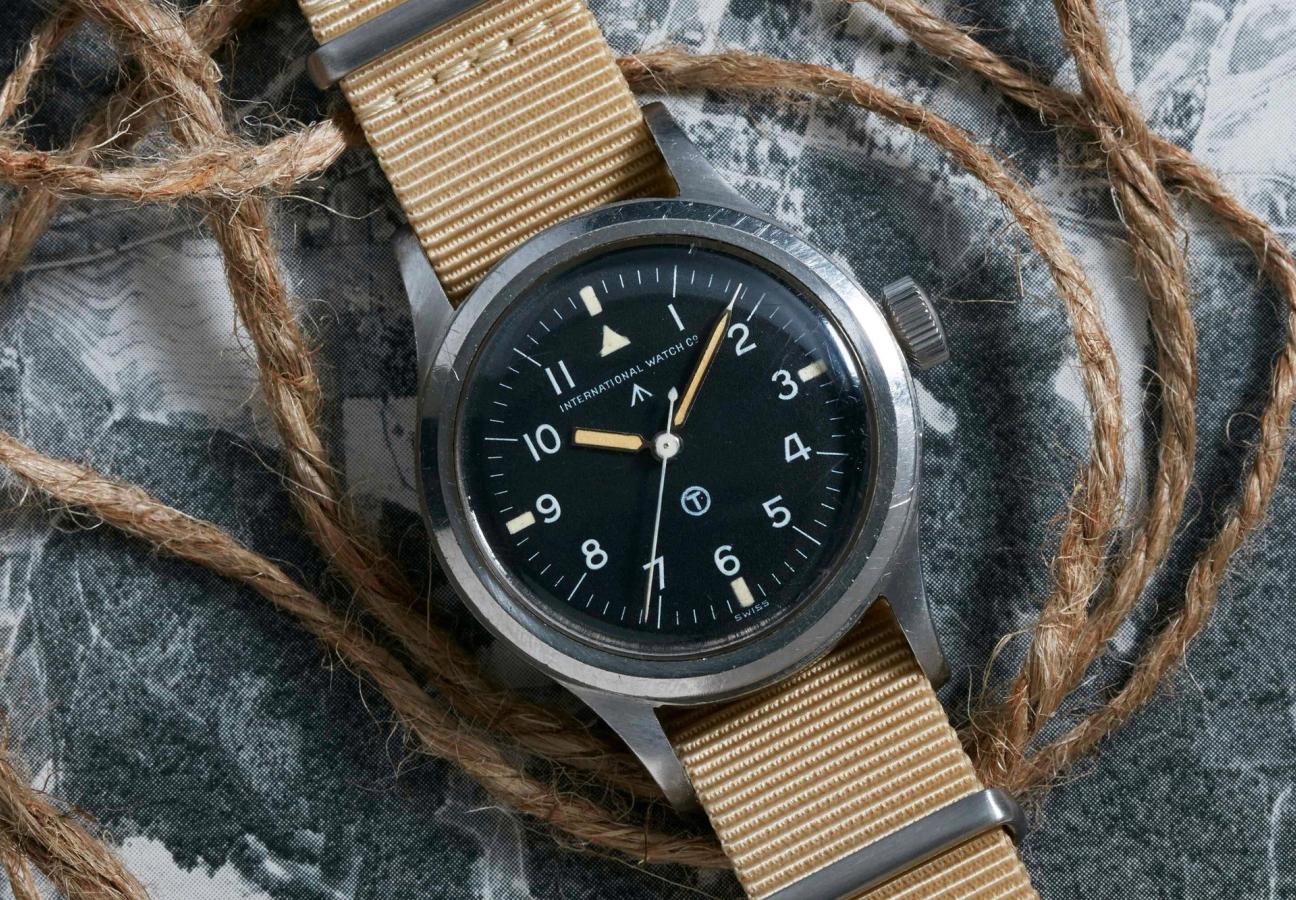
But it was the Mark 11 that ticked itself into the history books — creating a legacy unlike any other timepiece. Fitted with the renowned Calibre 89, clear to read and hardy to the last; it is a true piece of horological militaria.
Want to read more of IWC’s airborne antics? We discover the story of the Silver Spitfire…

Become a Gentleman’s Journal Member?
Like the Gentleman’s Journal? Why not join the Clubhouse, a special kind of private club where members receive offers and experiences from hand-picked, premium brands. You will also receive invites to exclusive events, the quarterly print magazine delivered directly to your door and your own membership card.


